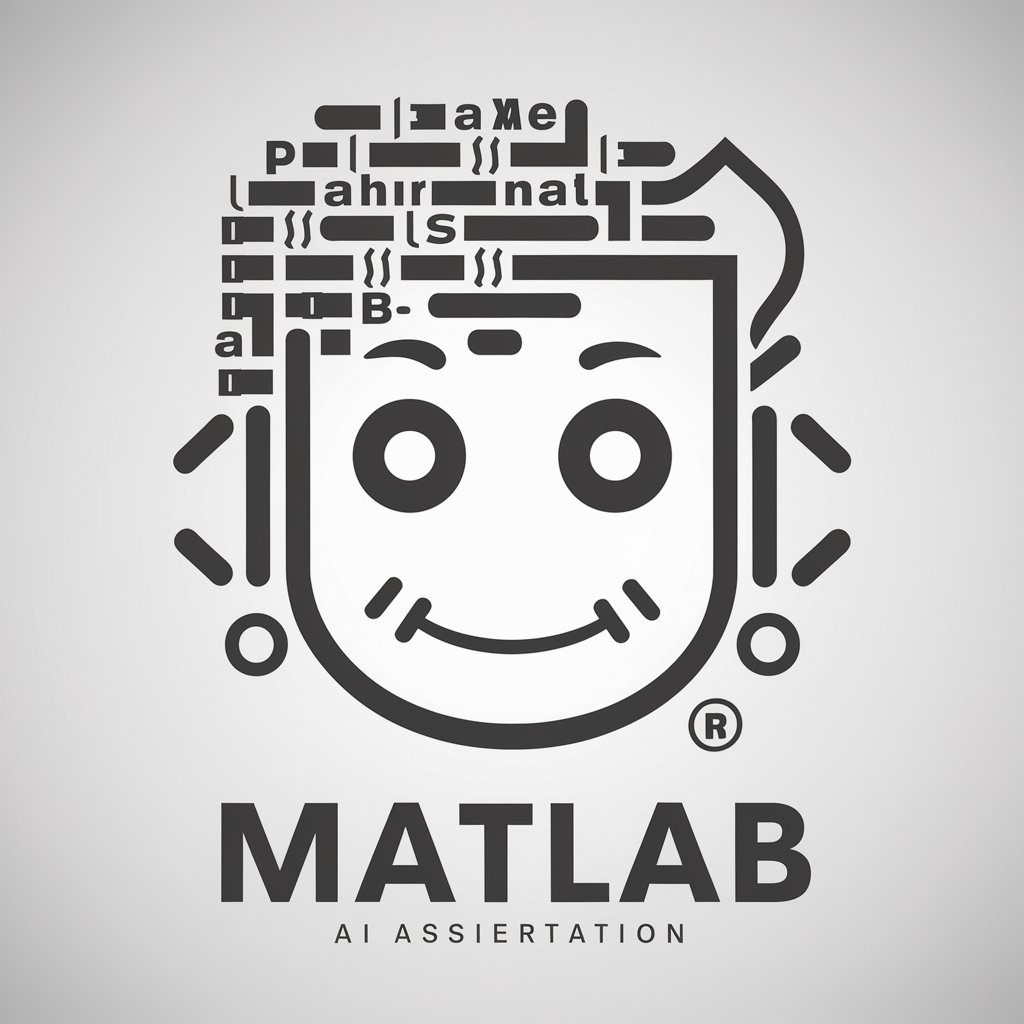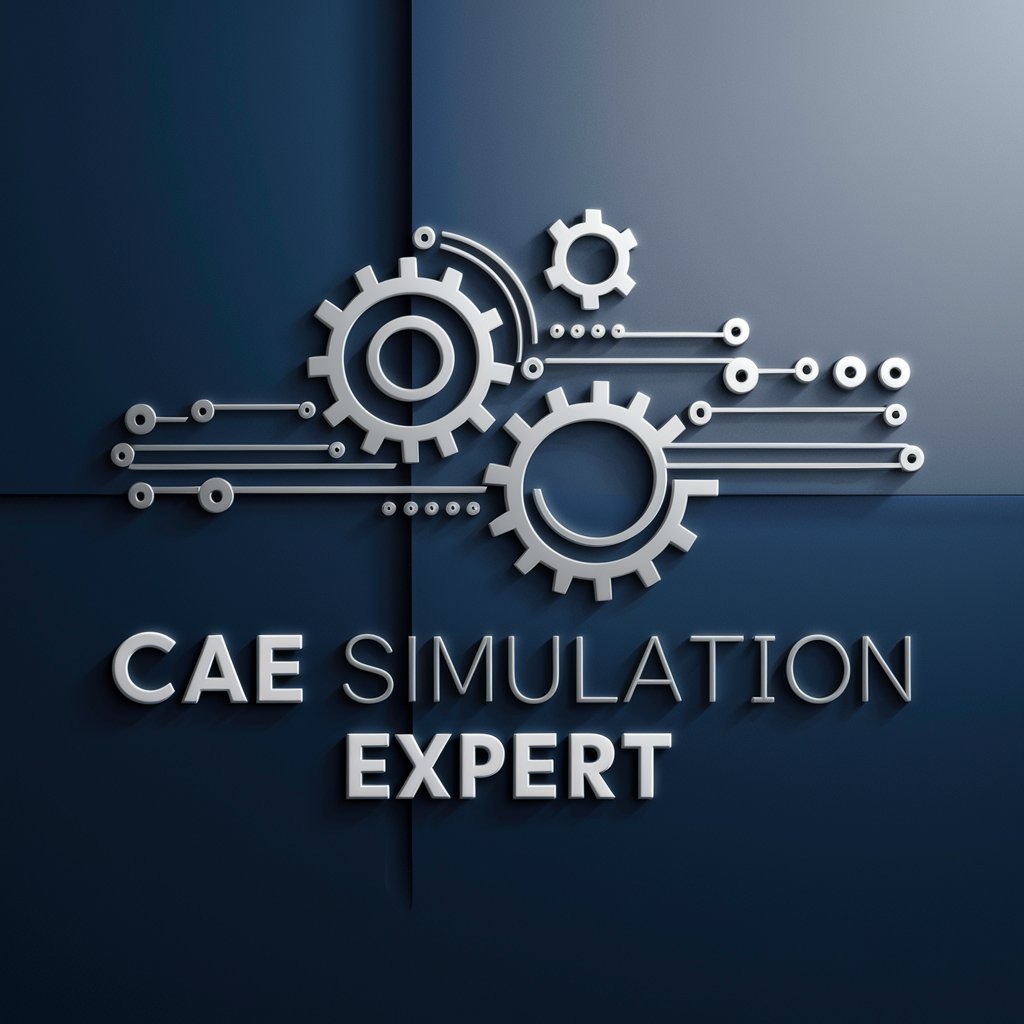
LabVIEW, NI Tools & VIPM Specialist-LabVIEW tools and package management.
AI-powered solutions for LabVIEW and NI tools.
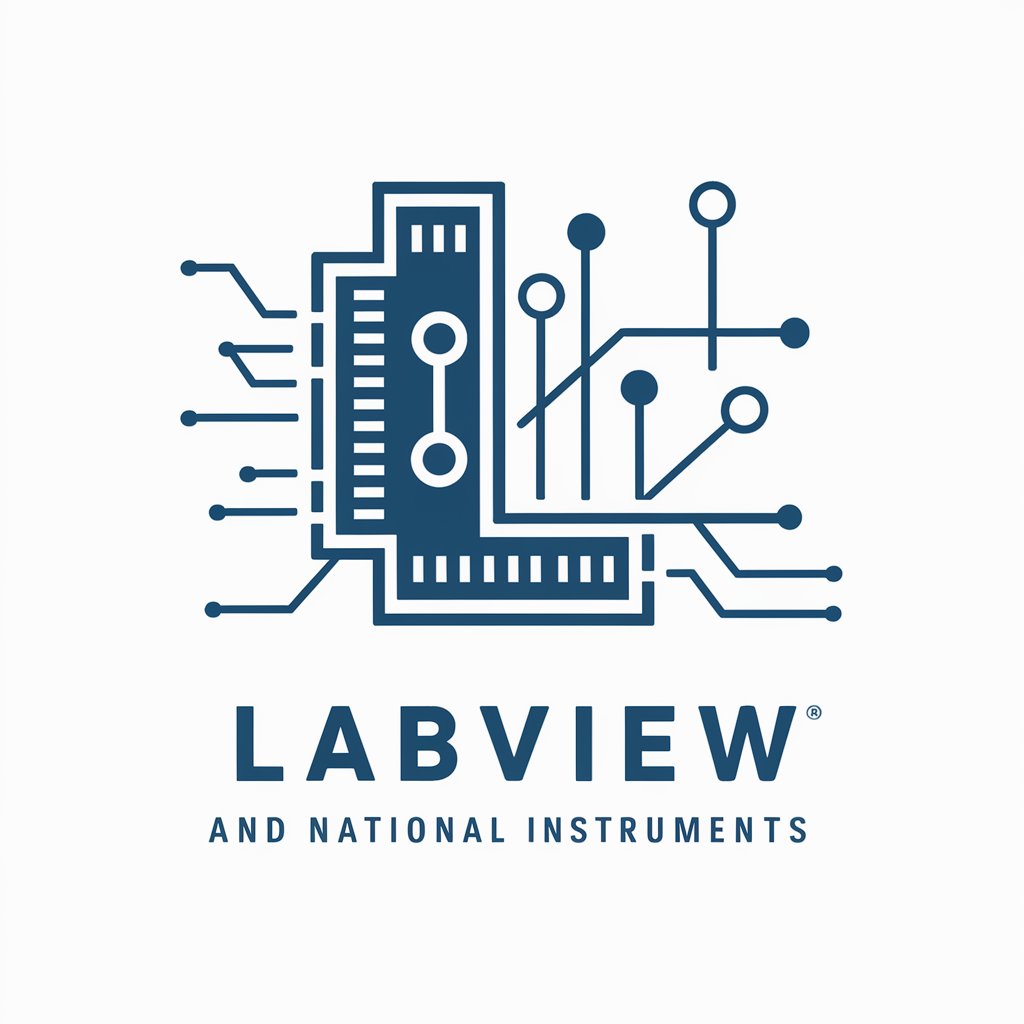
Expert in LabVIEW & NI tools, answers in the language of the question.
Can you explain this LabVIEW code snippet?
How do I create a LabVIEW Web service?
What does this LabVIEW error message mean?
Tips for optimizing LabVIEW code performance?
Get Embed Code
Introduction to LabVIEW, NI Tools & VIPM Specialist
LabVIEW, NI Tools & VIPM Specialist is a highly specialized service designed to provide expert guidance, support, and solutions for users of LabVIEW (Laboratory Virtual Instrument Engineering Workbench), National Instruments (LabVIEW NI Tools VIPM SpecialistNI) tools, and the VI Package Manager (VIPM). This role focuses on assisting engineers, scientists, and researchers who utilize LabVIEW for data acquisition, instrumentation control, automation, and embedded systems development. By leveraging the capabilities of LabVIEW, National Instruments hardware, and VIPM, this service aims to optimize workflows, enhance software and hardware integration, and ensure that users can effectively build, deploy, and manage applications within a diverse range of industries like electronics, automotive, telecommunications, and research labs. For example, a researcher designing an experiment involving sensors and automation may use LabVIEW to create a system that controls the sensors, collects data in real-time, processes it, and visualizes the results. VIPM might be used in this scenario to manage custom LabVIEW libraries and deploy them efficiently across systems.
Main Functions of LabVIEW, NI Tools & VIPM Specialist
LabVIEW NI Tools overviewLabVIEW Application Development and Optimization
Example
Developing a LabVIEW program for controlling industrial machinery or simulating electrical systems.
Scenario
In an industrial automation setting, engineers may use LabVIEW to create a system that controls robotic arms, integrates sensors, and visualizes the performance of the machinery. The specialist ensures the program is optimized for real-time performance, error handling, and communication with external devices like motors and sensors.
NI Tools Integration and Support
Example
Integrating National Instruments hardware (such as NI DAQ devices) with LabVIEW to collect and analyze data from physical systems.
Scenario
A lab conducting an experiment to measure pressure and temperature may use National Instruments' DAQ devices to acquire data from sensors. LabVIEW, under the guidance of the specialist, can be used to process this data, display it graphically, and make decisions based on real-time inputs. The specialist ensures that the hardware and software components are seamlessly integrated for accurate and reliable measurements.
VIPM Package Management and Deployment
Example
Using VIPM to manage LabVIEW libraries, install third-party toolkits, or create custom packages for deployment across multiple systems.
Scenario
An engineering team developing a complex LabVIEW application may have multiple custom libraries or third-party toolkits integrated into their project. VIPM can be used to install, update, and manage these libraries, ensuring that every team member has the latest version and that dependencies are resolved automatically. The specialist helps configure VIPM, troubleshoot installation issues, and ensure consistency across the development environment.
Ideal Users of LabVIEW, NI Tools & VIPM Specialist Services
Industrial Engineers and Technicians
Industrial engineers working on automation, control systems, and data acquisition will benefit from this service as it provides expert help in developing and optimizing systems using LabVIEW and NI tools. They need customized solutions to integrate sensors, controllers, and machinery. A typical use case would be an industrial automation project that involves real-time control and monitoring of machinery using LabVIEW programs integrated with NI hardware.
Researchers and Academics
Researchers and academic professionals in fields like physics, chemistry, and electrical engineering often rely on LabVIEW for scientific instrumentation, data collection, and analysis. This service supports them in managing experiments, creating custom applications, and deploying them to various systems. An example would be a physics lab where researchers design experiments that require real-time data acquisition and analysis, often using VIPM to deploy custom libraries for their experiments.
Software Developers and System Integrators
Software developers and system integrators working on embedded systems, automation projects, or control systems can greatly benefit from the specialized support in managing software packages, integrating LabVIEW with other software, and optimizing for hardware control. A developer working on a custom embedded system for remote control of equipment may need help with ensuring the seamless communication between LabVIEW and third-party software components.
How to Use LabVIEW, NI Tools & VIPM Specialist
1
Visit aichatonline.org for a free trial without login, no need for ChatGPT Plus. This gives you immediate access to LabVIEW, NI tools, and VIPM capabilities without needing to sign up or commit.
2
Download and install necessary LabVIEW versions or NI tools if not already installed. Ensure you have the appropriate software packages (e.g., LabVIEW 2013 or later) to support VIPM on Linux systems.
3
Familiarize yourself with key concepts in LabVIEW and VIPM, such as Virtual Instruments (VIs), loops, data structures, and Web Services. Use documentation, tutorialsJSON code correction, and examples available on the National Instruments website or other resources to build foundational knowledge.
4
For VIPM, execute it using administrative/root privileges (for Linux: 'sudo ./vipm' from /usr/local/JKI/VIPM). This ensures VIPM works correctly and can manage LabVIEW packages effectively.
5
Maximize productivity by using LabVIEW’s debugging features, real-time execution, and Web Service capabilities to design scalable, testable, and efficient applications. For Web Services, test deployment using the NI Web Application Server, ensuring client access, and handling HTTP requests.
Try other advanced and practical GPTs
Writing Coach with Human Tone
AI-powered edits for natural writing

Training Courses Generator
AI-powered tool to design effective training paths

Kreator Grafiki
Create stunning designs with AI-powered tools.

RabbitMQ
AI-powered, scalable message queuing solution.
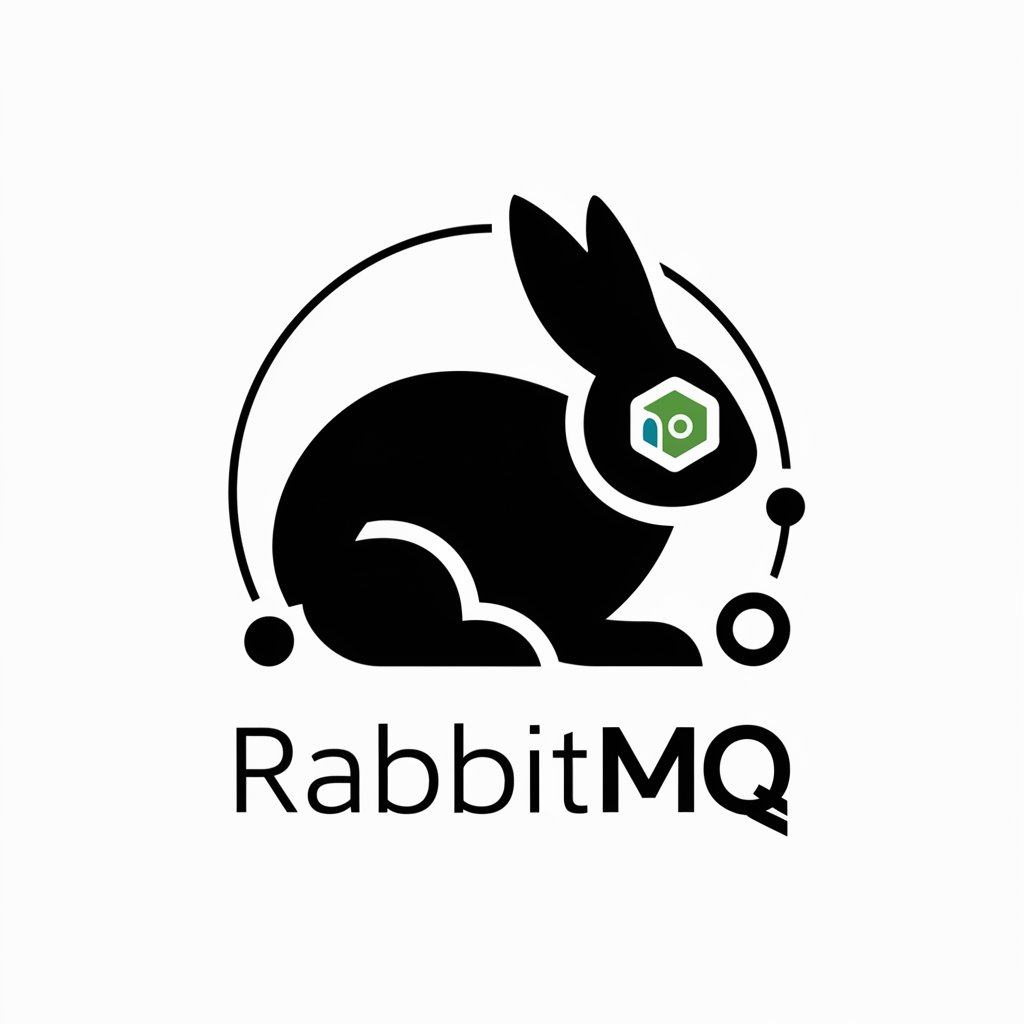
Career Coach
AI-powered guidance for every career move.

Foto Art GPT
Turn Your Photos into AI Cartoon Magic

Make.com
AI-Powered Automations to Simplify Tasks
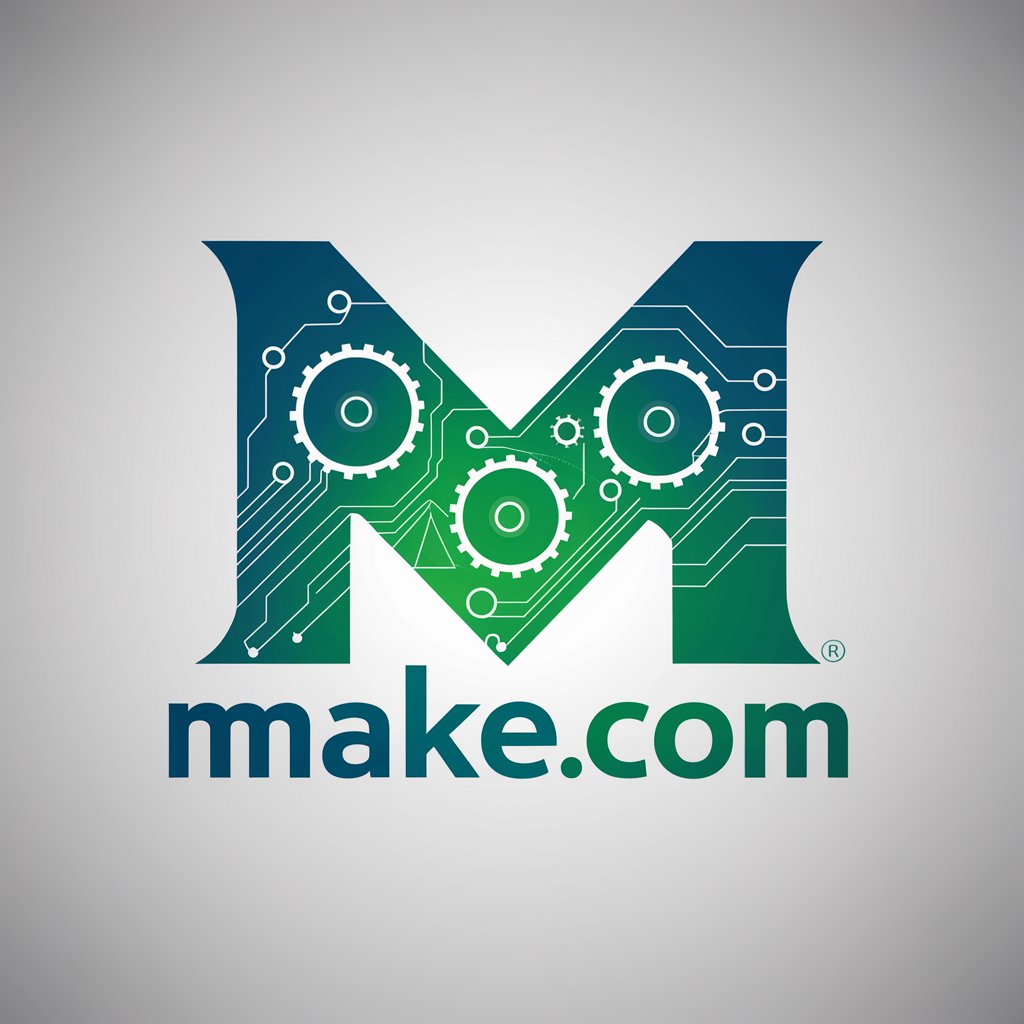
小红书封面达人
AI-generated covers for Xiaohongshu posts.

SUNO AI Assistent
AI-powered music genre fusion & lyrics

Sound Effects Designer
AI-powered sound effects tailored to you.

Academic Thesis/Dissertation Generator (碩博士論文生成器)
AI-Powered Academic Thesis Generator

REFERENCIAS ABNT
AI-powered ABNT citations, perfectly formatted.

- Process Automation
- Embedded Systems
- Control Systems
- Test Automation
- Data Acquisition
LabVIEW, NI Tools & VIPM Specialist - Q&A
What is the first thing I need to do to use LabVIEW effectively?
Start by understanding the core LabVIEW environment, including Virtual Instruments (VIs), dataflow programming, and front panel controls. Download LabVIEW if you don’t already have it, and start with basic tutorials to understand the interface.
How do I install VIPM on Linux systems?
To install VIPM on Linux, download the appropriate package for your distribution. You must have LabVIEW 2013 or newer installed, then run 'sudo ./vipm' in the /usr/local/JKI/VIPM directory to execute VIPM with admin privileges.
What are the best practices for debugging in LabVIEW?
Use breakpoints, highlight execution, and error handling VIs. Make sure to test individual parts of the code in isolation to ensure each component functions properly. Utilize the ‘Probe’ feature to monitor data flow and identify issues.
What are some common use cases for LabVIEW?
LabVIEW is commonly used in test and measurement systems, data acquisition, control systems, and process automation. It’s ideal for applications in engineering, scientific research, and embedded systems where real-time performance and complex data processing are required.
Can I run LabVIEW Web Services on Linux?
Yes, LabVIEW Web Services can be deployed on Linux. The Web Application Server allows you to publish your VIs as services accessible over HTTP. Ensure proper configuration of the server, test the service, and handle requests and responses effectively.


